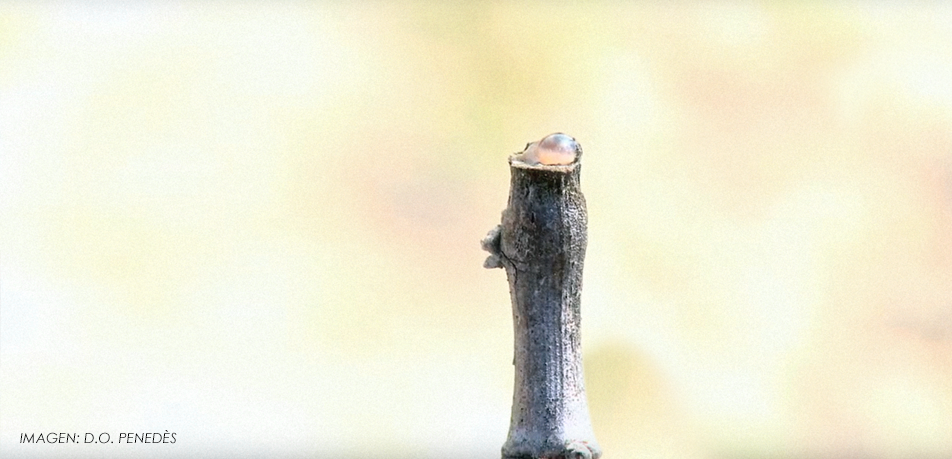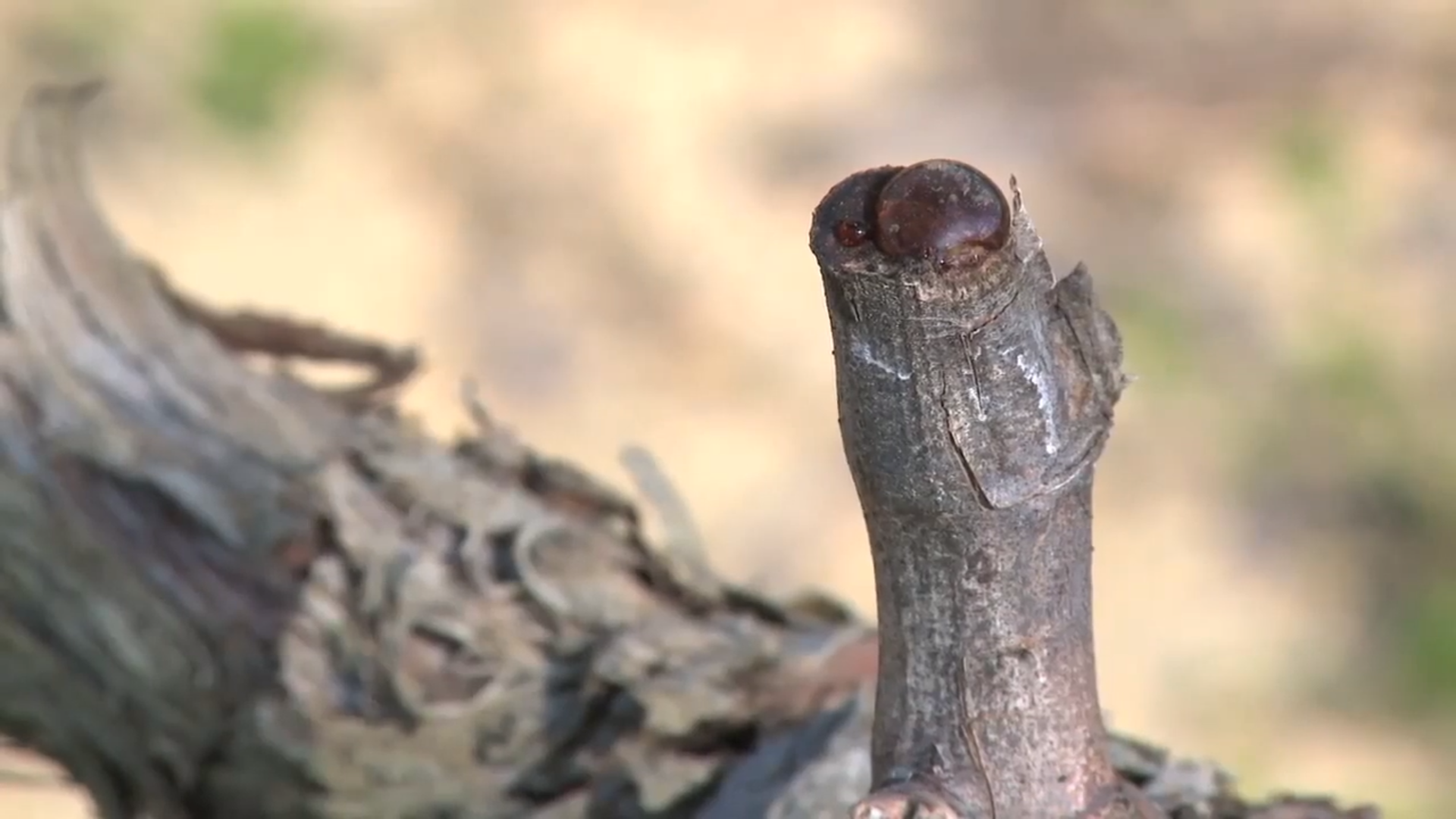Sap Flow: The Reawakening of The Vineyard

Phenology is a scientific discipline that studies the relationship between plant and animal life and the climatic calendar: a long and varied series of biological events that take place over the seasons. In many cases, this kind of activity ceases almost completely with the onset of winter.
As they aptly say in the country, the earth sleeps in winter. Dormancy is a survival tool for many living organisms that cannot cope with low temperatures and thus suspend their metabolic activity to save energy. This is why winter walks through the countryside are so quiet. Everything appears to be sleeping. And that's true for the most part.
When it comes to animals, many prefer to slumber underground, descend to the bottom of a lake, or hibernate in the depths of a cave to survive extreme winter conditions and reawaken with the spring sun. As for plants: many lose their leaves, their stems dry out, the flow of sap decreases, slowing down all activity so that the plants wait—withered and withdrawn—for the cold to pass.

[[{"fid":"21476","view_mode":"default","fields":{"format":"default","alignment":"","field_file_image_alt_text[und][0][value]":false,"field_file_image_title_text[und][0][value]":false},"type":"media","field_deltas":{"1":{"format":"default","alignment":"","field_file_image_alt_text[und][0][value]":false,"field_file_image_title_text[und][0][value]":false}},"link_text":null,"attributes":{"height":1080,"width":1920,"style":"height: 281px; width: 500px;","class":"media-element file-default","data-delta":"1"}}]]Cane during sap bleeding (Source: DO Penedès)
However, not everything is asleep in the dormant winter fields. In mid-February, and depending on weather conditions, the Mediterranean countryside witnesses one of the most beautiful and poetic reawakenings in all cultivated nature—when the sap begins to flow in the vineyard. It represents one of the most celebrated stages in the vine's life cycle, an awakening that marks the beginning of the growth season. The phenological mechanism that triggers this eagerly anticipated stage is an increase in temperature. This is why sap bleeding isn't a fixed date on the calendar, but a natural phenomenon determined by climatic conditions—which grow more uncertain and unpredictable with every season due to global warming.
In any case, once temperatures start to rise and the average settles at around ten degrees, the vine's roots begin to breathe and absorb water again; its woody heart begins to beat, pumping sap to every part of the plant until it drips from the pruned ends of the canes.
For a brief moment, these drops of sap cling to the dried stalk like transparent tears. Then, as they dry, they act like a natural mercurochrome of sorts, a fine protective film that seals the wound and allows the sap to course through the plant organism in a closed circuit in preparation for budding.
So if you're strolling through the vineyards these days and catch a vine “crying,” rest assured it's not from sadness, but excitement. The excitement of coming back to life under the mild spring sun, which already beckons and will transform the desiccated vine into one of the most exuberant, vigorous, and productive plants of the Mediterranean countryside.
